A lot of people have been wondering lately why there are so many weather stations at airports. It seems like every airport has one, sometimes even two or three. But what are they for? And why are they necessary? In this article, we will answer those questions and more! We’ll explain what weather stations do and why they’re important for both pilots and passengers. So if you’ve ever wondered about these mysterious machines, read on!
Table of Contents
So, why are weather stations at airports anyway?
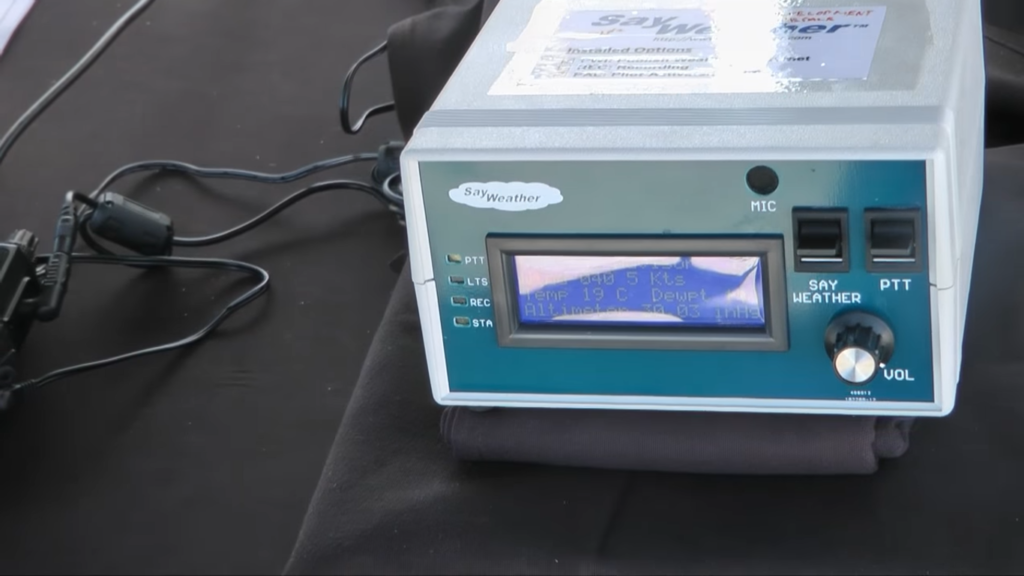
Weather stations also measure other data such as temperature, wind speed, precipitation, atmospheric pressure and visibility. All of this information is used to inform pilots and help them plan their flights more safely.
Weather stations can also be used by ground crews to help them prepare for any possible emergencies or incidents that may arise due to the weather. For example, they can use the data from the weather station to anticipate when bad weather is coming and take measures to ensure safety in those situations.
Finally, many airports also use weather stations to provide passengers with accurate and up-to-date information about the current weather conditions. This gives them insight into what they can expect during their flight and if there will be any delays or changes in plans due to bad weather. [1]
Your Weather Report comes from a Local Airport
At most airports, the weather reports come from a local airport’s weather station. This is because airports tend to have more accurate and up-to-date information than other sources since they are constantly monitoring their immediate environment. And since most commercial airlines use airports for their flight operations, it makes sense that they would rely on these stations in order to provide passengers with the best possible service.
The data collected by the weather station at an airport is also shared with national meteorological services and organizations. This helps them better predict future weather patterns and allows them to give more reliable long-term forecasts.
All of this goes to show why having weather stations at airports is so important – not only for pilots and ground crews, but for passengers too. With accurate and up-to-date information, everyone can better plan their flights and stay safe.
Why do my weather reports come from airports?
You may have noticed that your weather reports often come from airports. This is because, as mentioned above, airports tend to have the most accurate and up-to-date information about local weather conditions. So if you’re looking for the best possible forecast for your area, you can usually count on a local airport’s weather station.
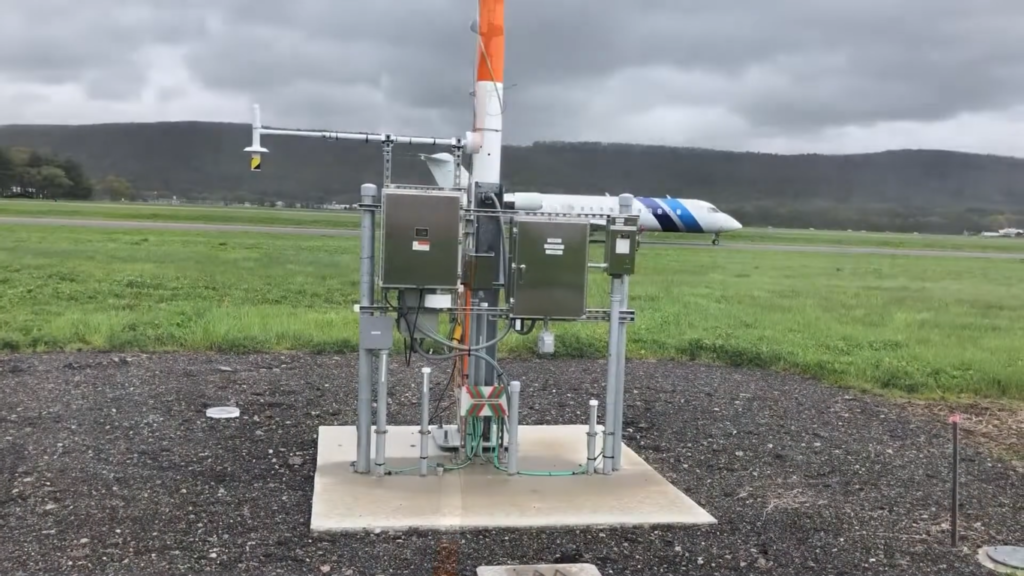
In addition to providing more accurate data than other sources, airports also provide a convenient way for people to access this important information. With many airports offering free Wi-Fi, it’s easier than ever before to get real-time updates from these stations and plan accordingly. [2]
Are airport weather reports useful to me?
The answer to this question depends on what you’re looking for. If you’re a pilot or ground crew, the weather reports from an airport are invaluable in helping you plan your operations and keep everyone safe. But even if you’re just a passenger looking for current information about the local weather conditions, these reports can be useful as well.
Whether it’s making sure that your flight is departing on time or getting advice about what to wear before heading out for the day, knowing what to expect from the weather can make all the difference. So if you want reliable information about current conditions in your area, checking out a local airport’s weather station is definitely worth considering!
Where can I find my local airport weather report
Most airports provide detailed weather reports on their websites or through apps. You can usually find the link to these reports on the homepage or through a search engine. Alternatively, your local airport’s weather station may broadcast its information over the radio or other similar mediums.
You can also use online services like FlightAware and SkyVector to get real-time updates about what’s going on in your area. They’ll show you an interactive map of all nearby airports as well as provide detailed information on each one, including their current conditions and any delays that might be occurring due to poor weather conditions.
No matter which method you choose, checking out your local airport’s weather report can help you stay informed and safe when it comes to travelling or just day-to-day activities. So make sure you take the time to get the information you need!
How do weather stations at airports help pilots?
From a pilot’s perspective, weather stations at airports are invaluable. They provide pilots with up-to-date information on conditions in the area and can help them make informed decisions when it comes to flying. This includes everything from choosing the right route to taking off or landing safely.
Weather stations at airports also alert pilots to sudden changes in conditions such as wind speed and direction, temperature, dew point, visibility and more. This is especially important for commercial airline pilots who often have tight schedules that need to be followed precisely. With accurate data from weather stations, they can ensure that their flight remains safe and on time.
What information is reported by an airport weather station?
Generally speaking, the weather station at an airport will report information on visibility, wind speed and direction, temperature, dew point, cloud cover and pressure. This data is then used to create a comprehensive overview of local weather conditions that pilots can use to make informed decisions about their flights.
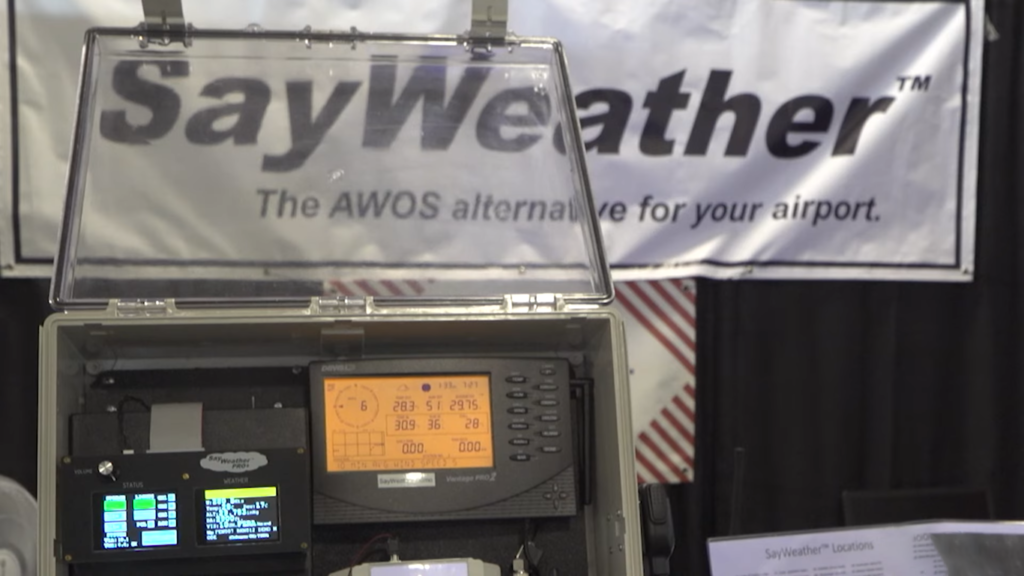
In addition to this information, some airports also provide forecasts for up to 12 hours in advance. This allows them to plan ahead and adjust their flight plans accordingly if necessary. It’s also important for passengers who are looking to stay safe and comfortable while they travel. With these reports made available by airports, everyone involved can have the most accurate understanding of what type of conditions they should expect during the course of their journey. [3]
FAQ
Why is the weather station located away from buildings?
The weather station is typically located away from buildings because of the various obstructions that could affect its readings. For example, a building may cause wind speed or direction to be distorted due to the turbulence caused by its walls and structure. Additionally, a tall building can also block out some of the incoming sunlight which could give inaccurate information about temperature. By positioning the station in an open area, these issues are avoided and more accurate data can be collected.
Where should weather stations be located?
Generally speaking, weather stations should be situated in an open area away from buildings and other obstructions. This is because these obstructions can distort the readings of the station and lead to inaccurate data. It’s also important for the station to be placed at a height that allows it to measure all atmospheric phenomena without being affected by ground level conditions such as wind turbulence or heat build-up.
Ideally, weather stations should also be located in areas that give good coverage of the entire region so they can collect more comprehensive data. This will make them more useful for pilots, passengers and anyone else who needs accurate weather information on a regular basis.
What weather instrument is used at airports?
At airports, the most common weather instrument used is a METAR, which stands for Meteorological Terminal Aviation Routine Weather Report. This instrument collects and reports various data points such as temperature, wind speed and direction, cloud cover, visibility, dew point and pressure. This information is then shared with pilots to help inform their flights.
In addition to the METAR instrument, some airports also have Doppler radar installed which can detect changes in wind speed and direction as well as turbulence in the air. This additional data helps pilots make even more informed decisions when it comes to flying. [4]
What is the purpose of an automatic weather station?
These stations are typically placed in open areas away from buildings so they can capture unobstructed readings. They work by using sensors to measure various atmospheric phenomena such as wind speed and direct the temperature, dew point, humidity, visibility, cloud cover and pressure. The data collected by the station is then sent to other users who can use it to make important decisions or prepare for potential bad weather.
This kind of instrument is especially useful for pilots since their schedules often require them to fly in many different types of weather conditions. By having access to an automatic weather station, pilots can make more informed decisions about their route and alterations they may need to make to stay safe. [5]
Useful Video: The reason why we get our weather from the airport
Conclusion
Airport weather stations are important because they help give pilots up-to-date information about the current weather conditions. This information is vital for helping to ensure a safe and smooth flight. If you’re interested in learning more about airport weather stations, or if you have any questions, please don’t hesitate to contact us. We’d be happy to chat with you and answer any of your questions.
References
- https://www.weatherstationdepot.com/why-are-weather-stations-at-airports
- https://weatherboy.com/weather-at-the-airport-why
- https://www.faa.gov/regulations_policies/handbooks_manuals/aviation/phak/media/15_phak_ch13.pdf
- https://en.wikipedia.org/wiki/METAR
- https://www.earthnetworks.com/resources/weather-facts/automated-weather-stations

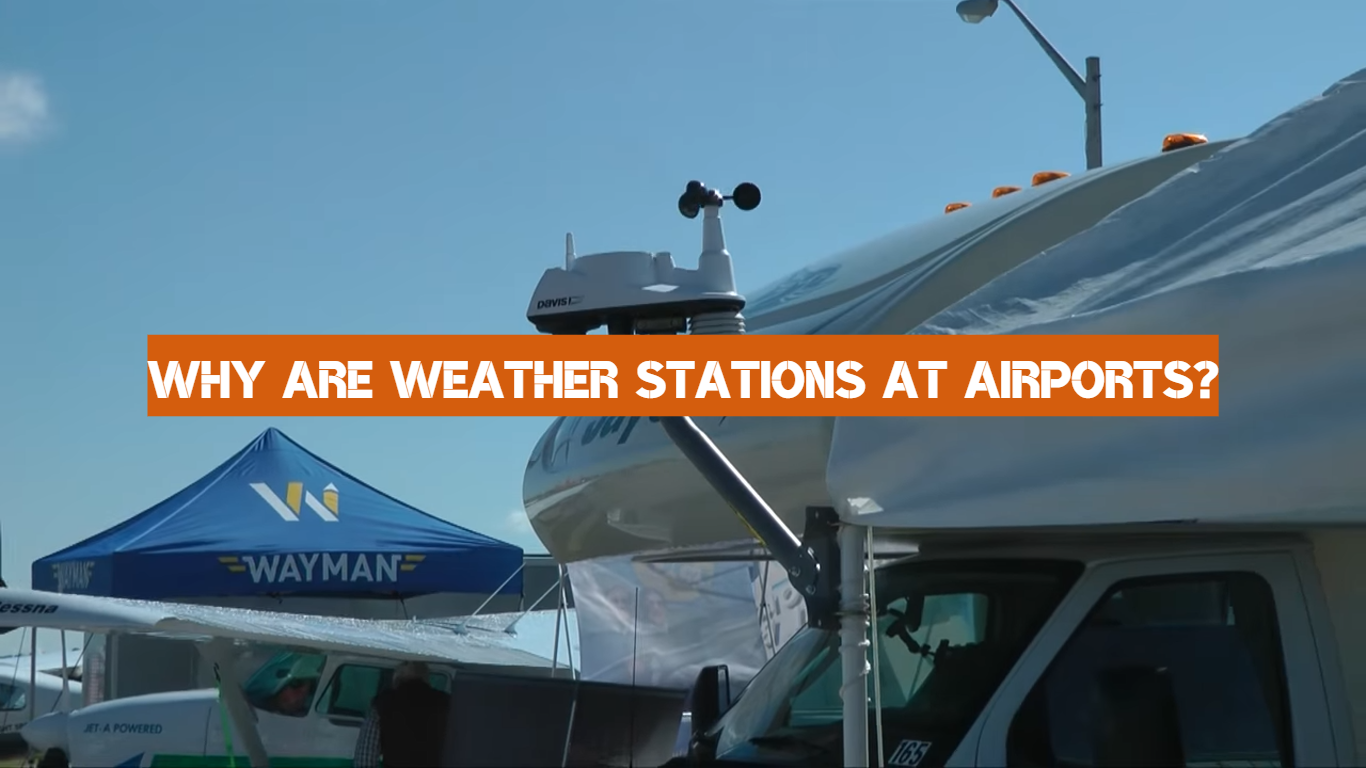
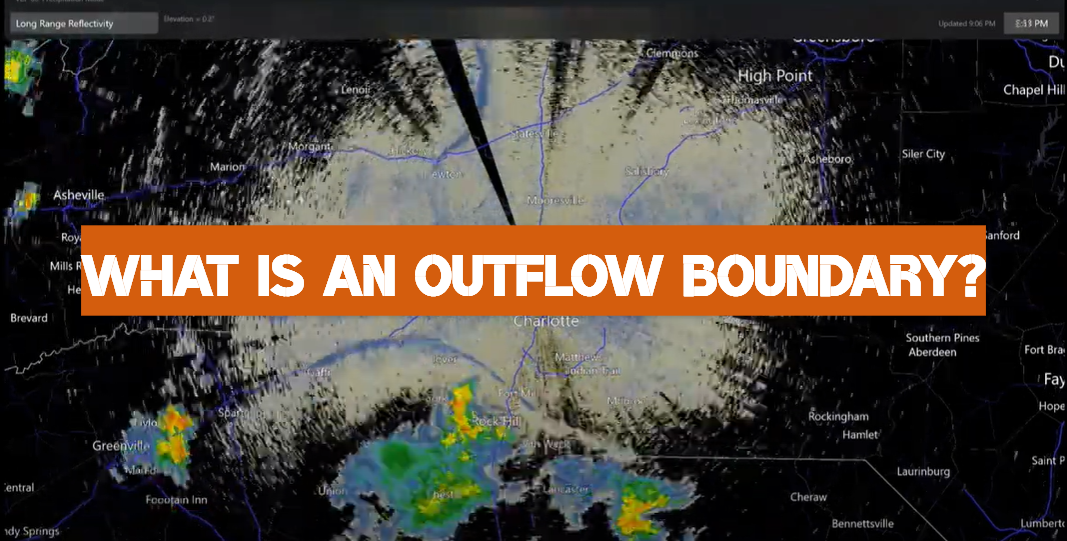



Leave a Reply